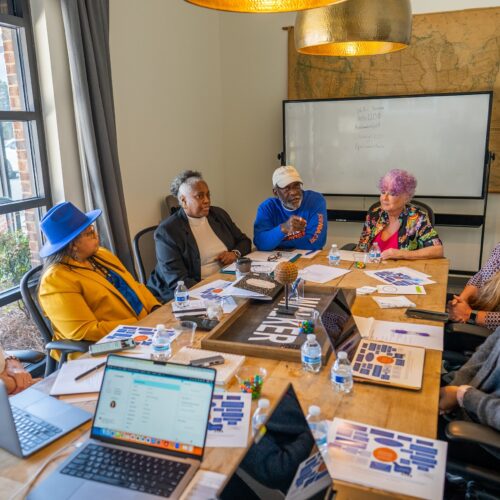The Second Chance Act: Juvenile Reentry (Fact Sheet)
Recent efforts among state and local leaders to reduce the number of youth who are incarcerated have yielded impressive results: the national juvenile incarceration rate has been cut in half over the past decade. Yet state policymakers, practitioners, and advocates alike recognize that reforming the juvenile justice system requires more than incarcerating fewer youth. What constitutes success is ensuring that, whenever possible, youth who come into contact with the juvenile justice system receive the necessary community-based services and supports to ensure their successful transition from incarceration and other forms of system supervision to a crime-free and productive adulthood.
Recent efforts among state and local leaders to reduce the number of youth who are incarcerated have yielded impressive results: the national juvenile incarceration rate has been cut in half over the past decade. Yet state policymakers, practitioners, and advocates alike recognize that reforming the juvenile justice system requires more than incarcerating fewer youth. What constitutes success is ensuring that, whenever possible, youth who come into contact with the juvenile justice system receive the necessary community-based services and supports to ensure their successful transition from incarceration and other forms of system supervision to a crime-free and productive adulthood.
States have struggled, however, to achieve these goals. Recent research indicates that rearrest rates for youth being supervised in the community remain unacceptably high, and states have struggled to improve outcomes for the smaller number of youth who remain incarcerated. These young people typically face many challenges in reentry. They may not receive the necessary support from their families, peers, schools, and communities. They may struggle to connect with treatment for mental health or substance use disorders when they return to their communities after confinement, or they may face barriers to enrolling in an appropriate educational or vocational program. And the landscape of the juvenile justice system is more fragmented than ever: as of 2013, almost two-thirds of incarcerated youth were placed in facilities administered by local governments or a combination of private for-profit and not-for-profit organizations, compared to 10 years ago when most incarcerated youth were placed in juvenile correctional facilities run by state governments.
A positive school experience, where a child feels secure, is essential for their well-being. However, for many children…
Read MoreWhen returning to their communities from criminal justice settings, people with behavioral health needs face barriers in accessing…
Read More Supporting Children of Incarcerated Parents: Reimagining School and Community Collaboration
Supporting Children of Incarcerated Parents: Reimagining School and Community Collaboration
A positive school experience, where a child feels secure, is essential for their well-being. However, for many children with incarcerated parents—one in 14 in the U.S.—school can feel far from safe due to stigma, trauma, and a lack of understanding.
Read More Bridging Communities and Correctional Systems: Q&A with CSG Justice Center Advisory Board Member Commissioner Nicholas Deml
Read More
Bridging Communities and Correctional Systems: Q&A with CSG Justice Center Advisory Board Member Commissioner Nicholas Deml
Read More
 Assigned to the Cloud Crew: The National Incarceration Association’s Hybrid Case Management for People with Behavioral Health Needs
Assigned to the Cloud Crew: The National Incarceration Association’s Hybrid Case Management for People with Behavioral Health Needs
When returning to their communities from criminal justice settings, people with behavioral health needs face barriers in accessing basic needs—including food, housing, employment, transportation, education, clothing, and substance use and mental health services—which increases their risk of experiencing a crisis.
Read More Meet the Medicaid and Corrections Policy Academy Mentor States
Meet the Medicaid and Corrections Policy Academy Mentor States
New Hampshire Department of Corrections Commissioner Helen Hanks presents at the Medicaid and Corrections Policy Academy in-person meeting.
Read More Taking the HEAT Out of Campus Crises: A Proactive Approach to College Safety
Taking the HEAT Out of Campus Crises: A Proactive Approach to College Safety
The sharp rise in school shootings over the past 25 years has led school officials across the U.S. to take a closer look at ways to keep students safe. For Chaffey College in Rancho Cucamonga, California, a tragic incident at a nearby university hit close to home and spurred campus leaders to revisit their own school’s threat assessments and crisis responses.
Read More










